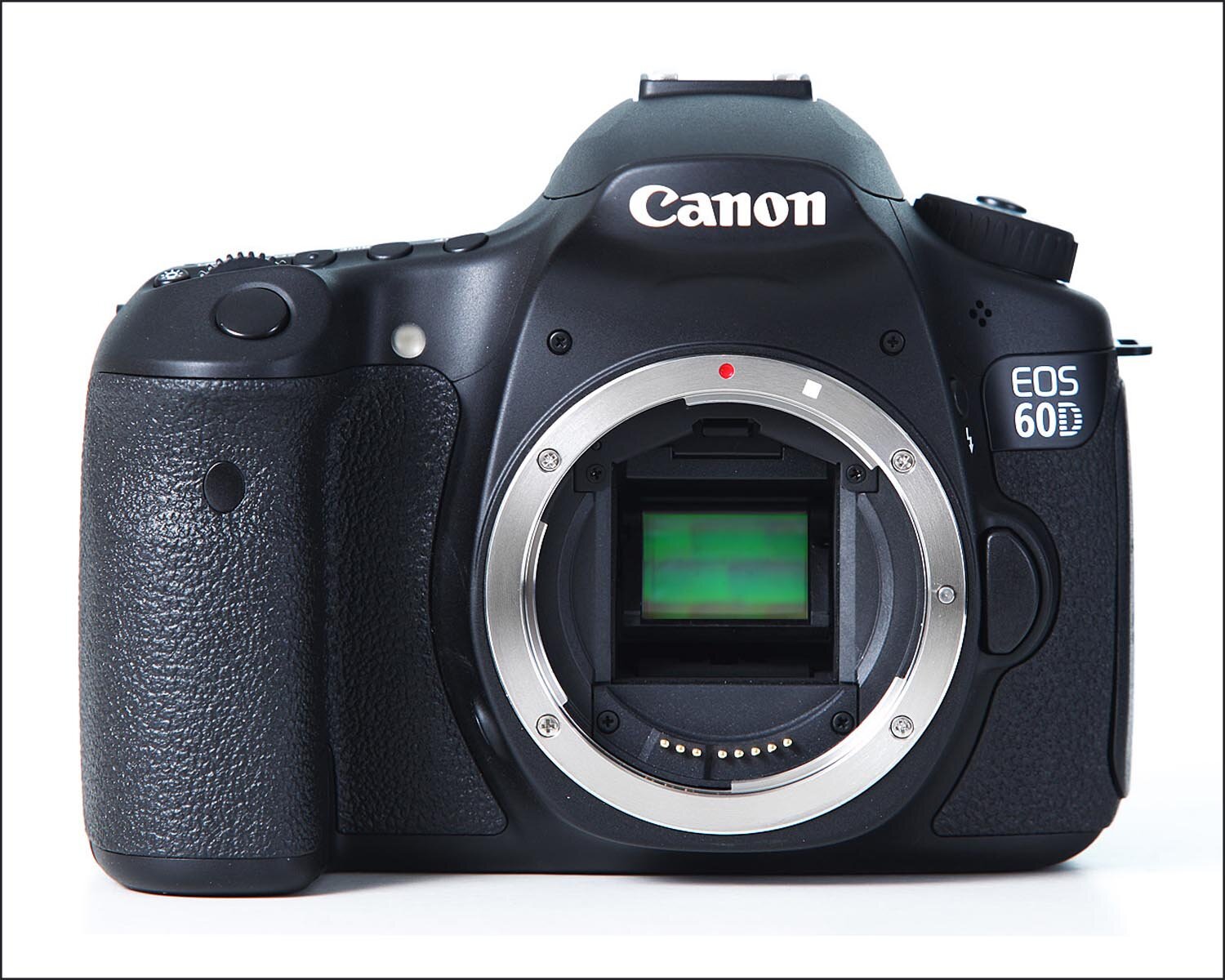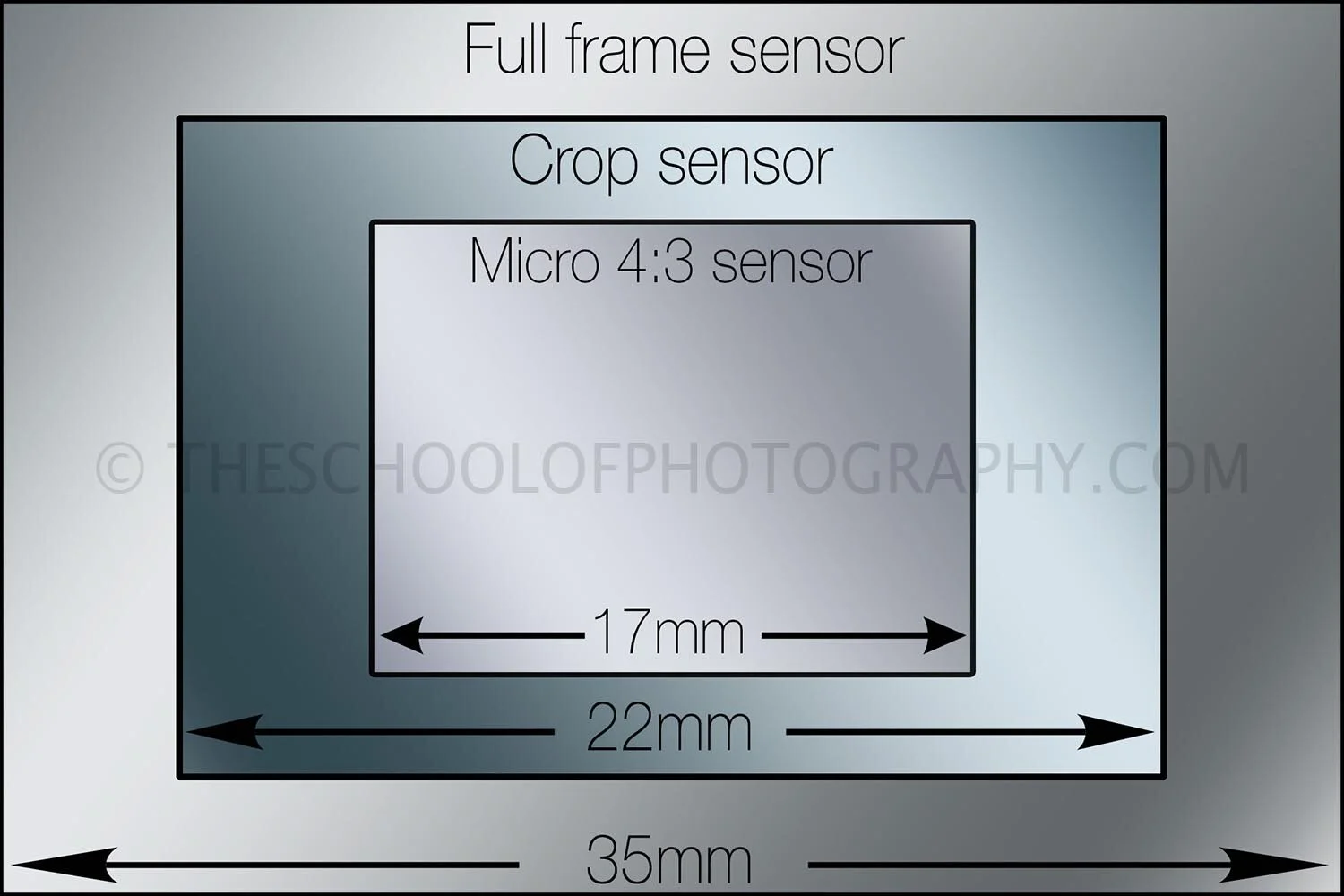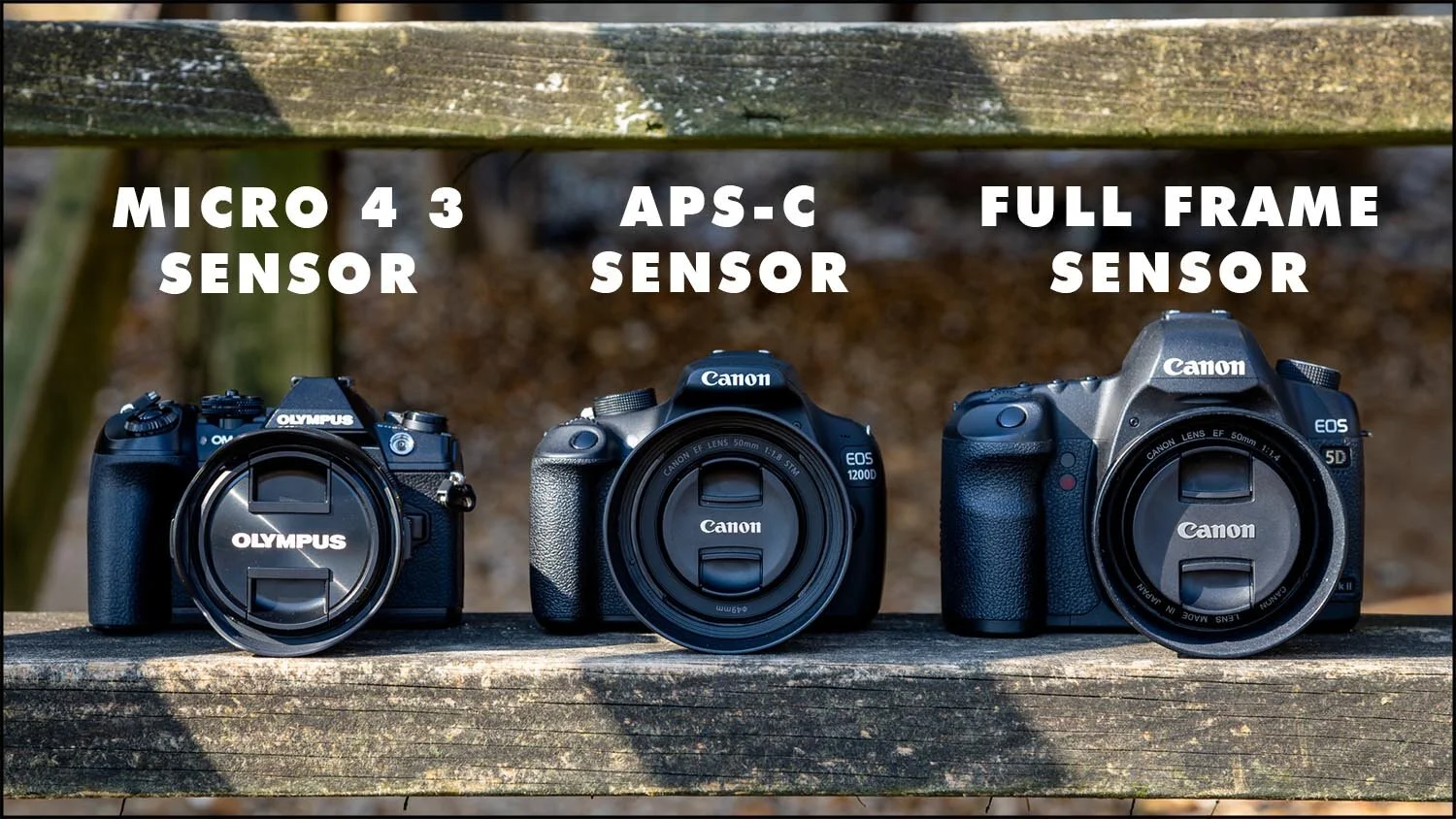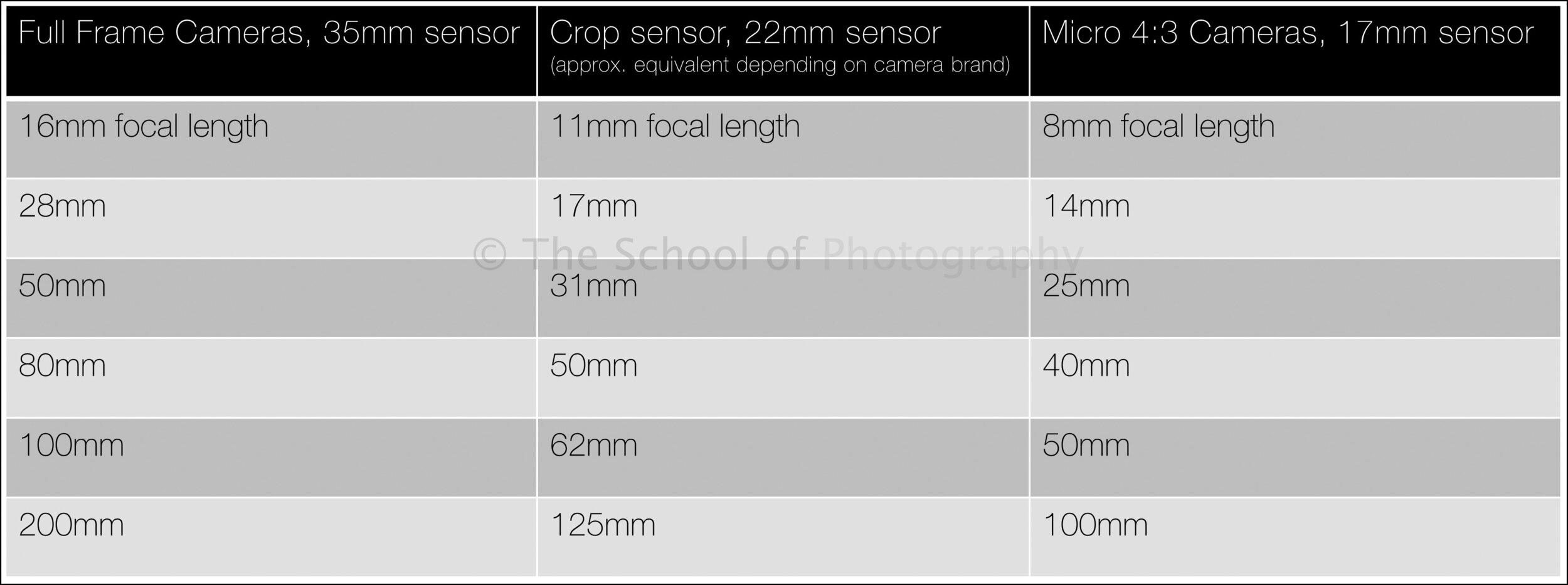Camera Sensor Size Comparison – Which one is right for you?
Comparing Camera Sensor Sizes is a total minefield but fear not my photography friends, we have it all explained here and we’re giving you a downloadable sensor size comparison chart to help you now and forever more! Should you get Full frame or Aps C or Micro 4 3? What different visual effects do sensors create? Do you need different lenses? Is it worth buying one over the other? What does it all mean?!?!
Here I’ll be explaining all about Full frame, crop factors and the effects different sensor sizes have on the focal lengths of lenses. I’ll be showing you all of this visually with 3 different cameras to show you the effect they actually have on your photography.
Download your sensor size chart and comparison guide below.
Get access to ALL our online courses – 1000’s of videos, worksheets, critiques of student’s work, personalised support and much more with our monthly membership.
What is a Camera Sensor?
Let’s keep this simple! A camera’s sensor is what captures the light and creates an image, in the old days it was camera film that captured the light. Now it’s a digital chip, commonly known as a camera sensor.
The green part is the camera’s sensor. This captures the light and creates the image.
Why the different sensor sizes?
There are 3 common sizes of camera sensors and here they are in order of big to small:
Full frame sensor – 35mm along its longest edge (based on the old 35mm negative size).
APS-C Sensor (also known as Crop Sensor) – 22mm along it’s longest edge.
Micro 4 3 sensor – 17mm along it’s longest edge.
Camera sensor size comparison chart
The main difference between a Micro 4:3 sensor, a crop sensor (APS-C) and a full frame sensor is its size. In general, the bigger the sensor, the bigger the camera body will be and more information will be captured. Full frame cameras also tend to be more expensive.
There are two main reasons camera companies make different size sensors. The first is cost – it cost less to manufacture smaller sensors therefore that cost can then be passed onto the customer. In this very competitive world of ‘What camera should I buy?’ cost makes a big difference in your decision.
The second is size – Full frame cameras are bigger and heavier, so some people chose the crop sensor or Micro 4 3 system to make their kit smaller and lighter. Not only will the camera body be smaller but so will the lenses and all the accessories. There is a significant difference in kit size and weight between a full frame camera and 3 lenses vs a Micro 4 3 camera and 3 lenses!
Three different cameras that use different sensor sizes
Want 10% off your first course? Click here
Sensor size comparison and lenses
A lot of confusion lies here but again I will try and keep it as simple as I can. The camera’s sensor size does not affect the lens, it affects the focal length of the lens. To learn more in depth knowledge on focal lengths click here but to put it in a nutshell, your ‘focal length’ is how far zoomed in or out you are, it’s your ‘angle of view’.
You will get a different visual effect when taking a picture at the same focal length with different sensor sizes. In the video you will see me put this to the test by visually doing a sensor size comparison on different cameras. In the test I take a picture in the same spot, with the same focal length (35mm) but with different camera sensor sizes. Below are the results of that test.
Three photographs taken with three different camera sensors in the same spot at the same focal length
As you can see from the images above, as the sensor size gets smaller the image crops in a bit, hence the term ‘crop sensor’.
How to compensate for different camera sensor sizes
Let’s think of it like this, the smaller the camera sensor, the more cropped in your shot will be, at the same focal length. So, to get the same visual effect on smaller sensors, you simply zoom out a bit. Yes, it really is that simple. Below is a sensor size comparison chart that shows the equivalent focal length to use on different camera sensor sizes.
Camera sensor sizes comparison chart with equivalent focal lengths
As you see by the comparison chart above you zoom out to get the equivalent visual effect in the photograph. E.g. if you were using a full frame camera and you were shooting at a focal length of 35mm then swapped the camera for a APS C (cropped sensor) one, you would have to zoom out to a focal length of 22mm to get the equivalent look. Let’s look at a visual representation of this in the images below.
Three photographs taken with three different camera sensors in the same spot at different focal lengths
Above is a sensor size comparison showing three different pictures taken in exactly the same spot but with different camera sensor sizes. As the sensor size decreases so does the focal length and it’s this that gives you the same visual effect. Again, it’s as simple as this, to get the same visual effect from larger to smaller sensors, simply zoom out a bit. If you want to be exact, use the camera sensor size comparison chart above, you can even download it as a pdf via the form below so you can keep it in your camera bag and refer to it as you need.
For more in depth knowledge of focal lengths and lenses to use in photography, click here.
Pros and Cons of Big and Small Camera Sensors
Full Frame Sensors
Pros
Bigger sensors mean more detail – Comes into effect if printing very big images or doing high end retouching and digital manipulation.
Better in low light situations – A bigger sensor has bigger pixels which means each pixel can capture more light and this creates less noise at higher ISOs. To learn more about ISO and noise, click here.
Cons
Bigger camera bodies and bigger lenses – Full frame sensor kits are a lot larger and heavier. Don’t forget, the bigger the camera the bigger the lenses and tripod needed. When you start carrying around a full frame camera, 3 lenses and a tripod that will take its weight, you’ll notice the difference believe me!
Expensive – Full frame cameras tend to be more expensive. Not only this but the lenses and accessories for full frames are also more expensive so make sure you have deep pockets!
APS C and Micro 4 3
Pros
Smaller kit – In contrast to the above these kits are a lot smaller and lighter, particularly the Micro 4 3 system. If you want to carry around a small kit with light tripod, then this will be the way to go.
Cheaper – In general smaller sensor cameras are cheaper, particularly the APS C system. The APS C (crop sensor) system is the most common and therefore there are a lot of camera brands competing for your money and that’s where bargains can be had. The most cost-effective system is the starter camera kits most of the big names offer. Remember, it’s not what you’ve got it’s what you can do with it so don’t be fooled by spending big money to get great shots!
Cons
Lower quality than full frame – But let’s be clear on this, because APS C or Micro 4 3 is lower quality than full frame, doesn’t mean it’s ‘low quality’. These days all of these cameras produce fantastic results. See below examples of photographs taken with a Full Frame and Micro 4 3 sensor.
More noise at higher ISO – Smaller camera sensors tend to perform worst at high ISO’s. This will come into play in low light situations.
Conclusion
London at night taken with a mirco 4 3 sensor
London at night taken with a full frame sensor
Can you notice the difference? At the end of the day just figure out what it is you will be using your camera for. Will you be printing big prints? Will you be retouching or doing heavy manipulation to your photography? How much money do you want to spend? And how much you want to carry around with you?
Answer those questions and chose your system around that. As mentioned previously – It’s not what you’ve got, it’s how you use it. A good photographer will be able to take good pictures with any camera. For proof of this, click here.
Take your photography to the next level by becoming a member of TSoP
Like this? - Check out free tutorials below
I hope you liked this Camera Sensor Size Comparison, please leave us a comment and support us by sharing it with your friends and subscribe to our newsletter at the bottom of this page for more.
We also have an excellent learning community on social media so please join us there as well.
Thanks for watching and remember – Learn more at The School of Photography.











